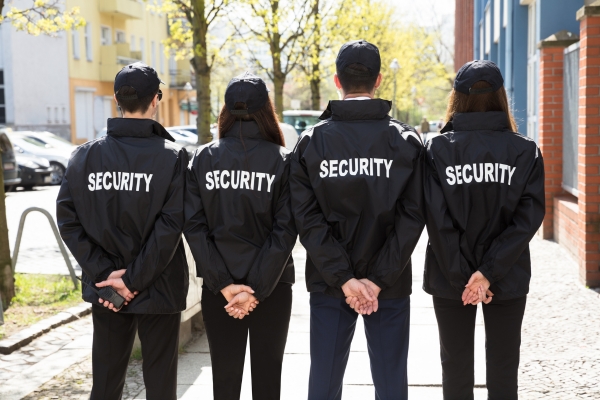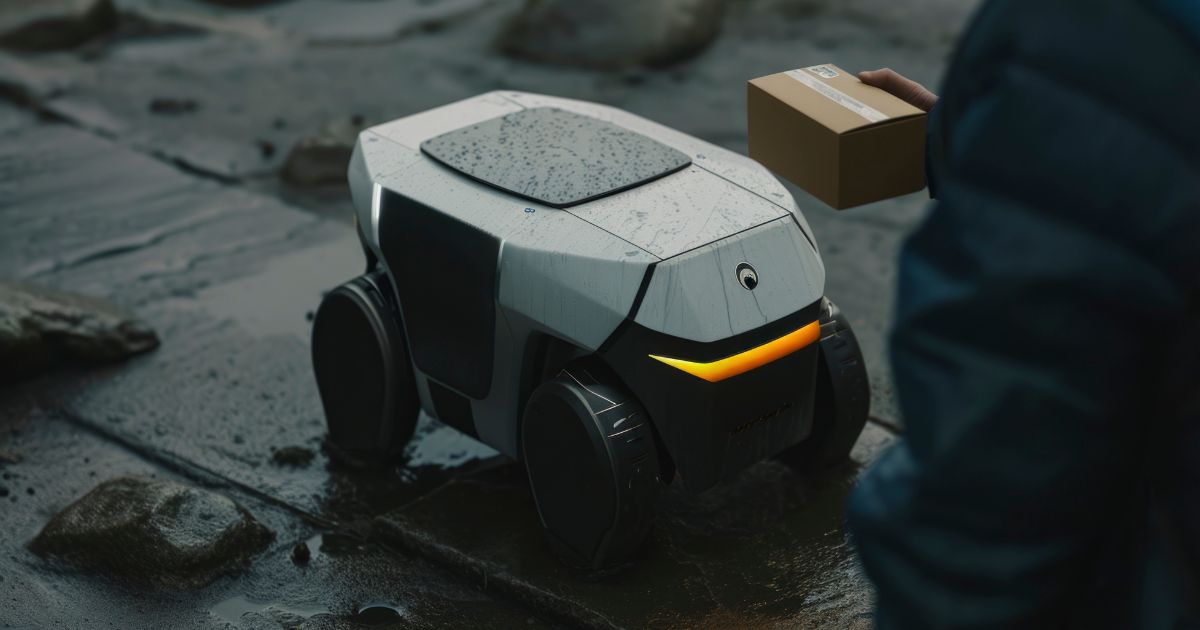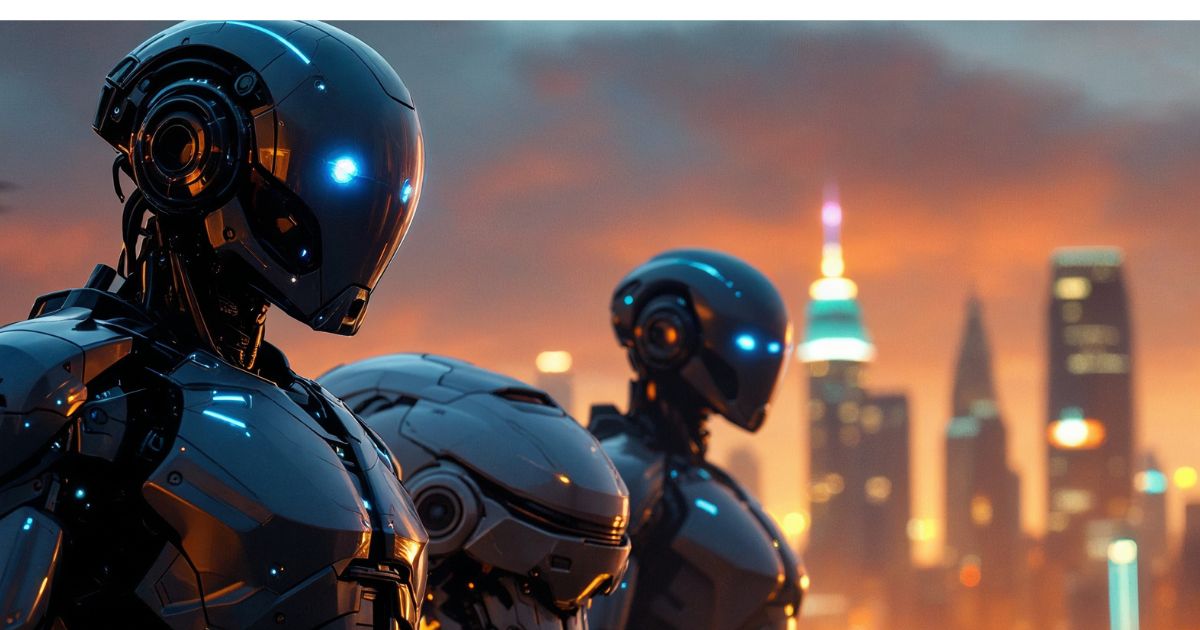
Security is not just about presence it is about performance, reliability, and cost-efficiency. Whether protecting a logistics facility, corporate campus, or industrial site, organizations must balance safety with operational budgets. As threats evolve and labor costs rise, one question becomes increasingly relevant: Are robots more cost-effective than traditional security guards?
The answer is more complex than it seems. While security robots require upfront investment, their long-term benefits especially in operational cost savings and scalable deployment are turning heads across industries.
In this blog, we will conduct a detailed cost comparison between robotic security systems and human security guards, explore the hidden costs of manual patrols, and uncover how security budget optimization is increasingly leaning toward automation.
The True Cost of Traditional Security Guards
Hiring a security guard may appear straightforward: pay a wage, provide training, and assign patrol duties. However, the full cost structure goes far beyond hourly rates.
1. Labor and Overtime
According to the U.S. Bureau of Labor Statistics, the average hourly wage for security guards in the U.S. is around $17.50. In urban areas or high-risk zones, this figure can exceed $25 per hour.
For 24/7 coverage, you would need a team of at least 4 to 5 guards to rotate through shifts bringing your total annual labor cost to well over $180,000 to $250,000 (excluding benefits).
Add in overtime, holidays, and shift differentials, and the cost climbs even higher.
2. Training and Certification
Security staff require:
- Ongoing training (first aid, emergency response, etc.)
- Licensing and compliance certifications
- Background checks and onboarding
Each of these adds recurring costs to your security operations.
3. Insurance and Liability
Human security comes with risks:
- Physical injury on duty
- Involvement in confrontational incidents
- Legal liabilities and insurance premiums
Organisations must factor in workers’ compensation, liability coverage, and potential legal exposure.
4. Turnover and HR Overhead
Security is a high-turnover industry. Replacing guards costs time and money from recruitment and interviews to retraining. According to some estimates, the average turnover rate for security personnel is over 50 percent annually.
The Real Cost of Robotic Security Systems

Robots, particularly those used for autonomous security patrols, present a different financial structure. Rather than paying hourly wages, organisations make a capital investment or subscribe to a managed robotics service.
1. Upfront Equipment or Subscription Fee
AiSec, for instance, provides robotic security platforms with autonomous navigation and real-time surveillance. These can be deployed under a robot-as-a-service model meaning clients pay monthly fees rather than upfront hardware costs.
Even with outright purchase, the average cost for an advanced security robot falls between $60,000 to $90,000 roughly equivalent to three to six months of human guard labor for full-time coverage.
2. Minimal Operational Overhead
Unlike human guards, robots:
- Do not require breaks, insurance, or overtime
- Operate 24/7 without fatigue
- Do not take sick leave or vacation
The ongoing maintenance and software updates are minimal and often included in service agreements.
3. Advanced Capabilities Included
A single robotic unit typically includes:
- Autonomous patrol and mapping
- AI-based threat detection
- Infrared and thermal imaging
- Two-way communication and alert systems
- 360-degree video capture and data logging
These features would require multiple technologies and staff to replicate manually further justifying the investment.
Comparing Head-to-Head: Robots vs. Guards
| Factor | Human Guards | Robotic Patrol Systems |
| Hourly Operational Cost | $17.50 to $30+ per guard | ~$4 to $9 per hour |
| Coverage | Limited to 1:1 presence | Wide-area autonomous patrol |
| Downtime | High | None (24/7 operation) |
| Surveillance Capabilities | Limited by field of vision | 360-degree, thermal, real-time AI |
| Cost Predictability | High variability | Fixed or contract-based |
| Liability & Insurance | Employer-borne | Minimal or provider-handled |
| Record Keeping | Manual reports | Automated logs and analytics |
| Scalability | Requires hiring | Software upgrade or added units |
Over a 3 to 5 year period, robots consistently outperform guards in cost-effectiveness, especially in environments that require constant vigilance, consistent patrol, and complex coverage.
Qualitative Advantages of Robotic Security
1. Incident Documentation
With high-resolution cameras and sensor logs, robots provide unbiased, timestamped evidence reducing liability and supporting investigations.
2. No Human Bias or Fatigue
Robots operate consistently, without distractions, emotional responses, or inconsistent performance. This enhances security reliability.
3. Improved Safety for Human Teams
Robots can patrol hazardous or remote locations, reducing human exposure to dangerous environments such as chemical zones, late-night perimeters, or high-crime areas.
Industry Trends: Why Organisations Are Switching
Security robots are no longer experimental. A growing number of corporations, warehouses, and critical infrastructure sites are incorporating them into their security strategies.
According to a 2023 report by Allied Market Research, the global robotics market including security, logistics, and surveillance applications is projected to grow significantly, driven by demand for cost-effective automation and intelligent systems.
This surge is being fueled by:
- Labor shortages in the security sector
- Increasing incidents of intrusion and theft
- Budget pressures and ROI-driven decision-making
- Integration of robotics with smart building systems
When Robots Work Best
Robotic systems are particularly well-suited for:
- Warehouses and distribution centers
- Corporate campuses and parking structures
- Airports, ports, and transit hubs
- Public venues and large retail spaces
- Remote or hazardous locations
These environments benefit from continuous patrol, obstacle avoidance, and autonomous response key strengths of AiSec’s navigation and patrol technologies.
When Human Guards Are Still Essential

While robotic patrols are highly effective, they do not replace human intuition, empathy, or legal authority. Security professionals still play an essential role in:
- Managing crowds or high-emotion incidents
- Making complex judgment calls
- Intervening in violent or legal situations
- Engaging with guests, employees, or the public
The most effective model is a hybrid approach, where robots handle routine patrols and monitoring, while humans focus on strategic or interpersonal duties.
Final Cost Consideration: Return on Investment (ROI)
When factoring in:
- Reduced insurance claims
- Lower labor costs
- 24/7 operational capacity
- Better incident detection
- Rich data analytics for security planning
The ROI for robotic security systems becomes clear within 12 to 18 months of deployment, often faster for high-risk or multi-site operations.
Optimise Your Security Budget with Smart Investment
Security is too critical to be reactive and too costly to rely on outdated methods. As technology advances and costs normalise, organisations that adopt robotic patrol systems stand to gain a significant advantage in both performance and budget control.
AiSec is helping forward-thinking businesses implement reliable, autonomous security systems that reduce overhead and improve safety. Whether you are operating a single facility or managing security across multiple sites, robotic systems provide scalable solutions designed for today’s challenges and tomorrow’s expectations.
To explore how a robotic patrol system can be aligned with your security goals and financial planning, visit our homepage to learn more.




https://shorturl.fm/CQThB